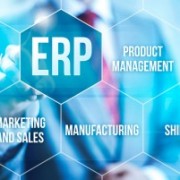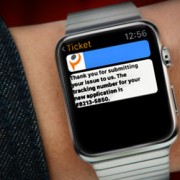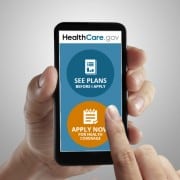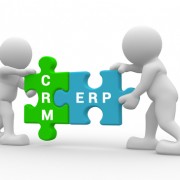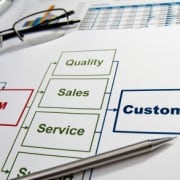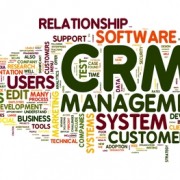If you’re trying to find a new Enterprise Resource Planning (ERP) system to use for your business, consider the following when choosing the system for you:
- Simplify your business processes first – you should always look to simplify your business processes before implementing ERP software.
- Know what you need – Have a check list of needs, that way choosing the right ERP system will be easy.
- Get your whole team involved – Your company is as strong as your weakest link, so make sure you get input from every person in every department any needs they would have that an ERP system can solve.
- Train staff to understand your business processes – If your staff understands the way your business works and the processes which underpin it, they will have a good grounding in the logic which works behind the scenes of an ERP software solution.
- Enable the use of multiple applications – choose a system that is available on your mobile phone/tablet, too so you can access the data you need wherever and whenever.

